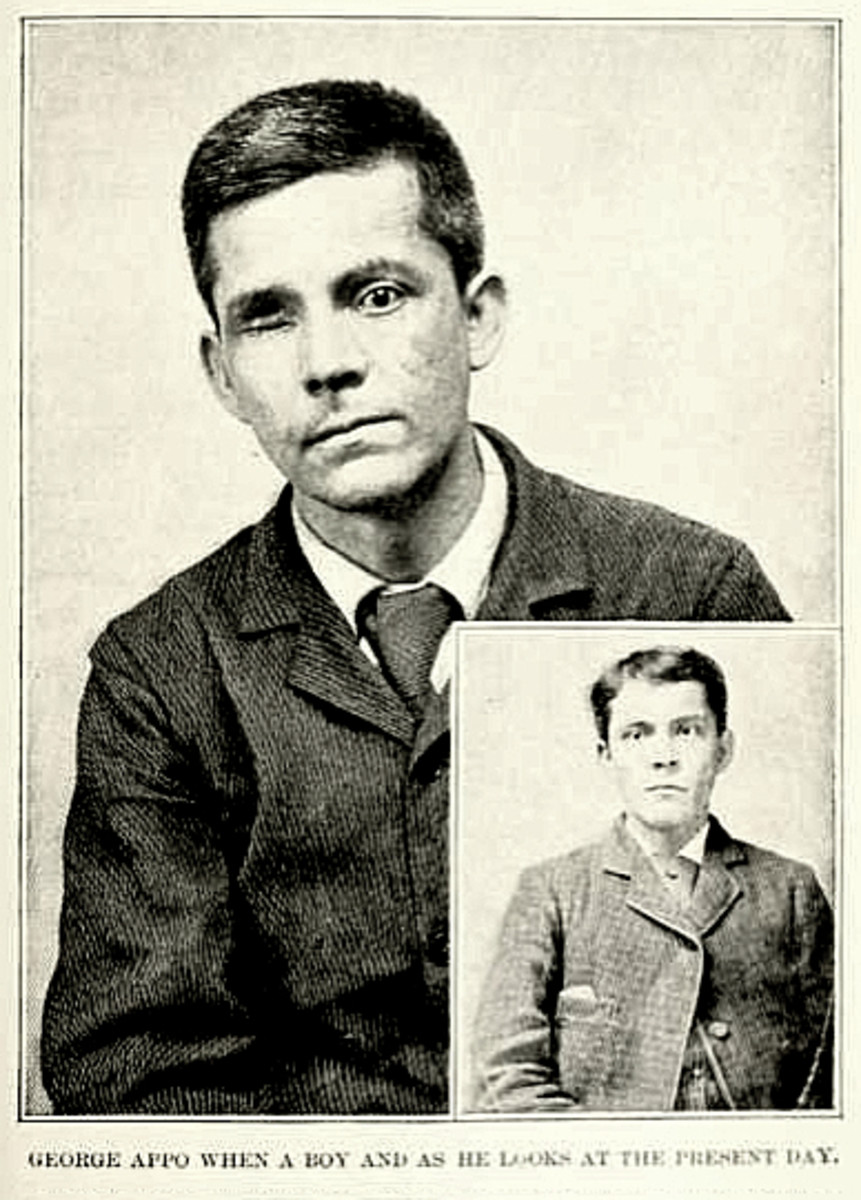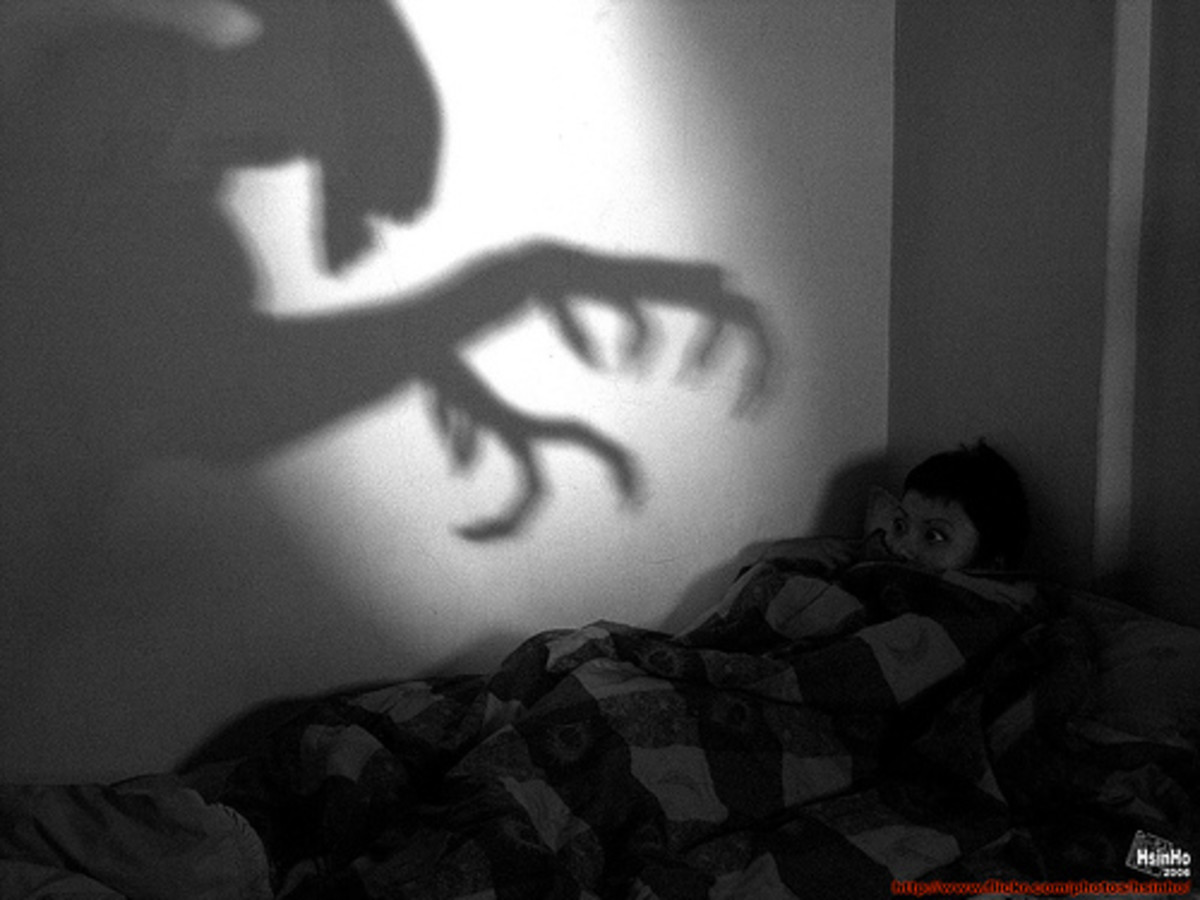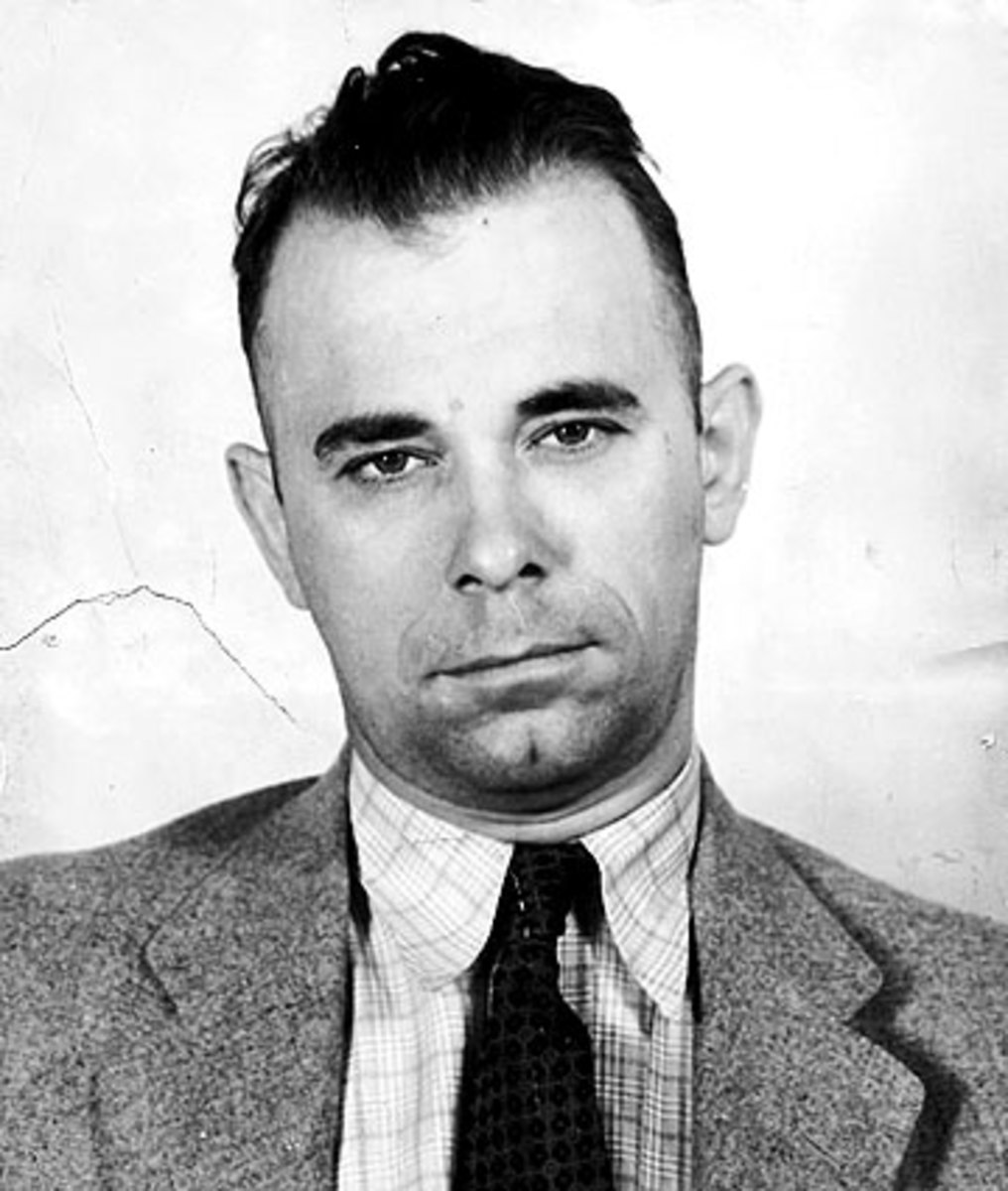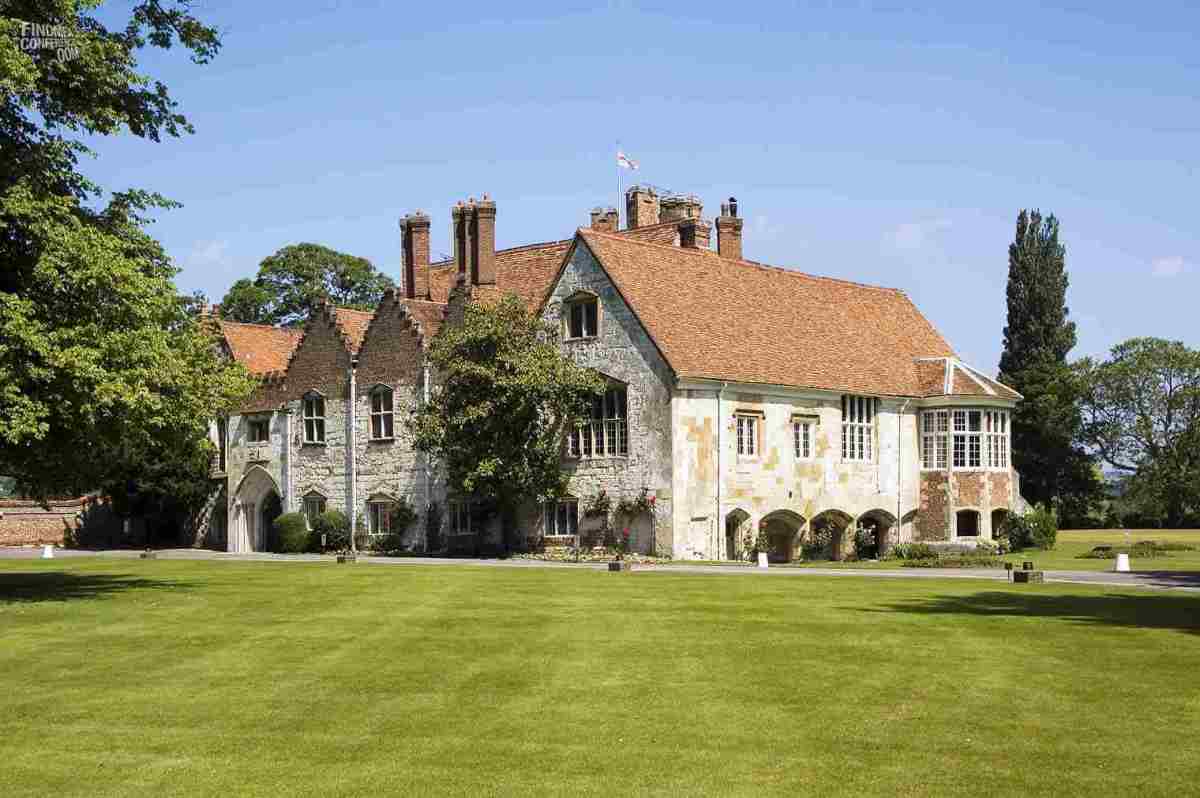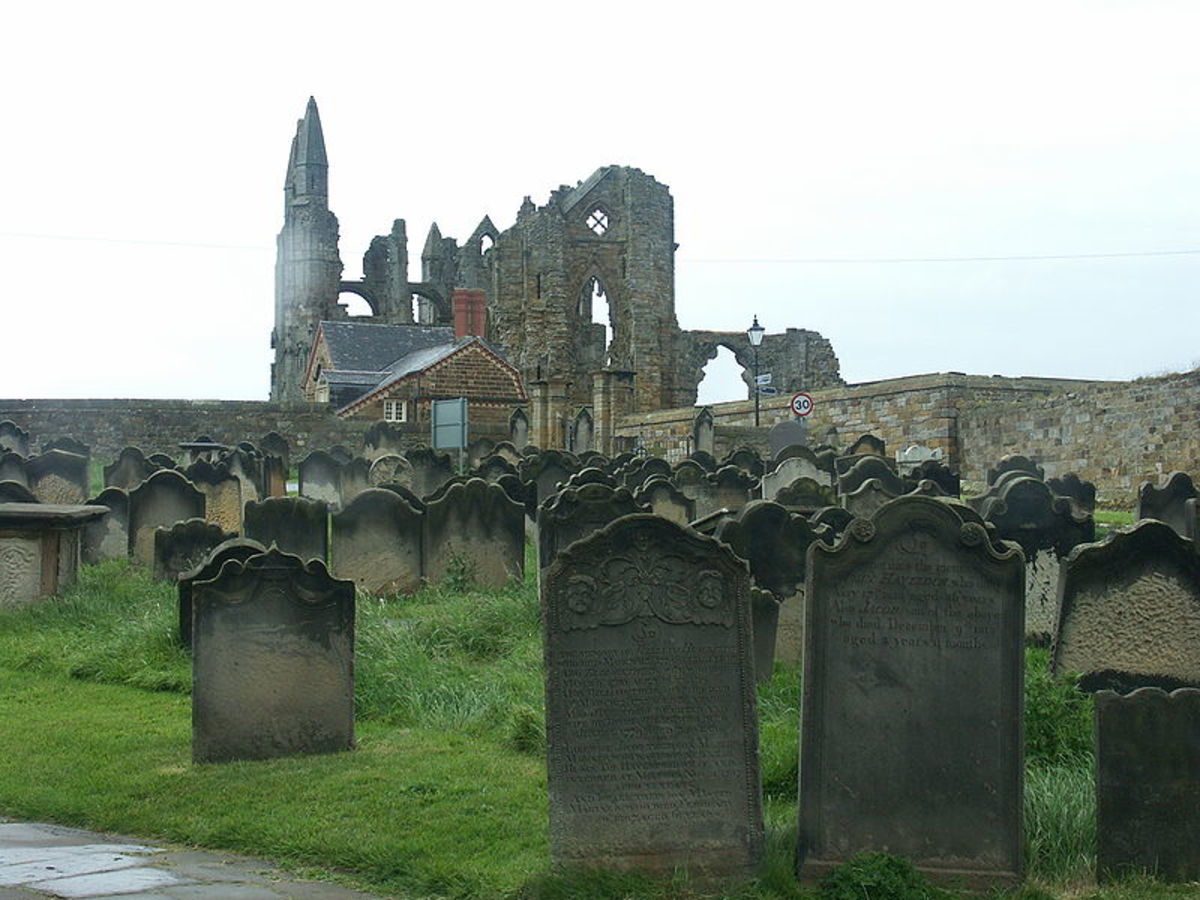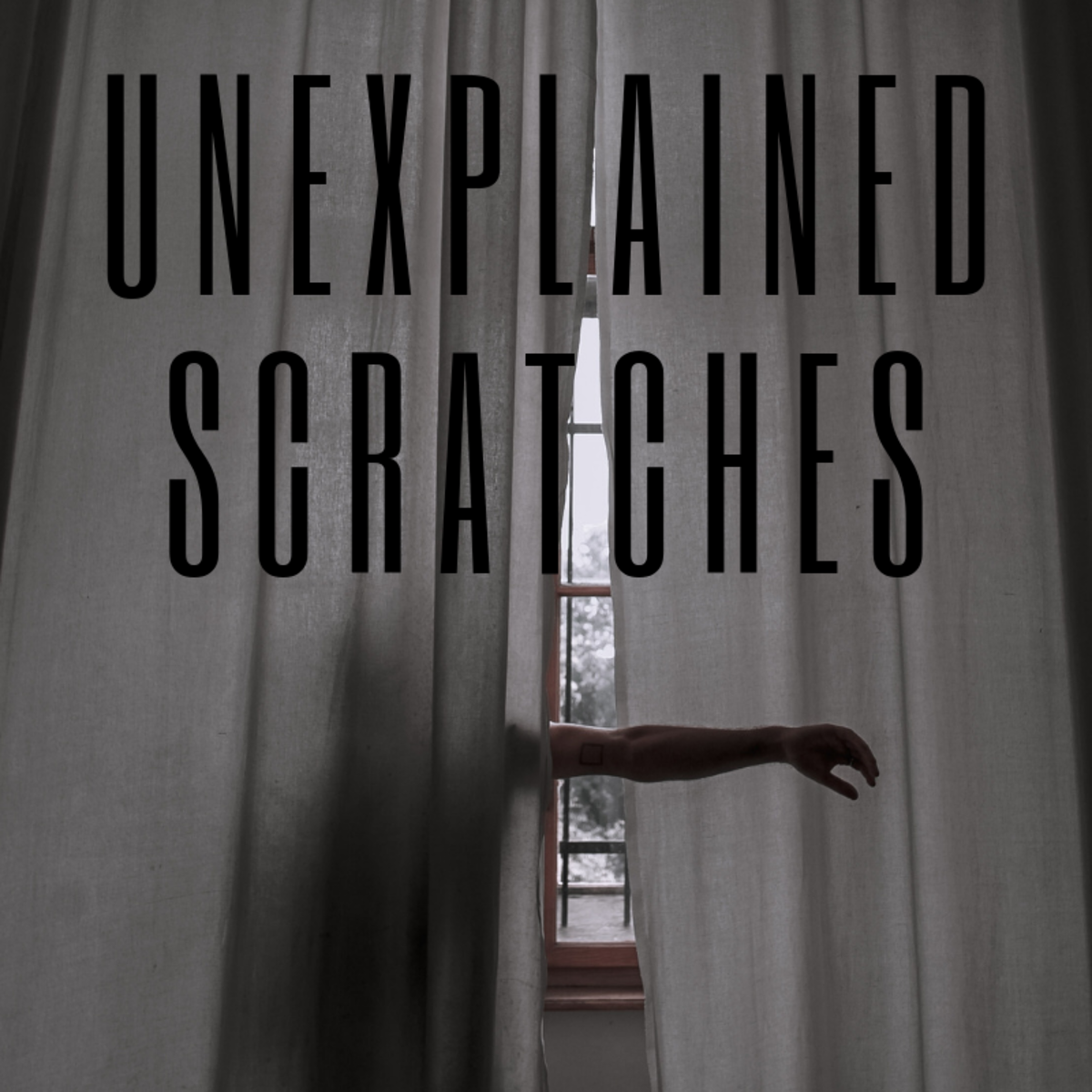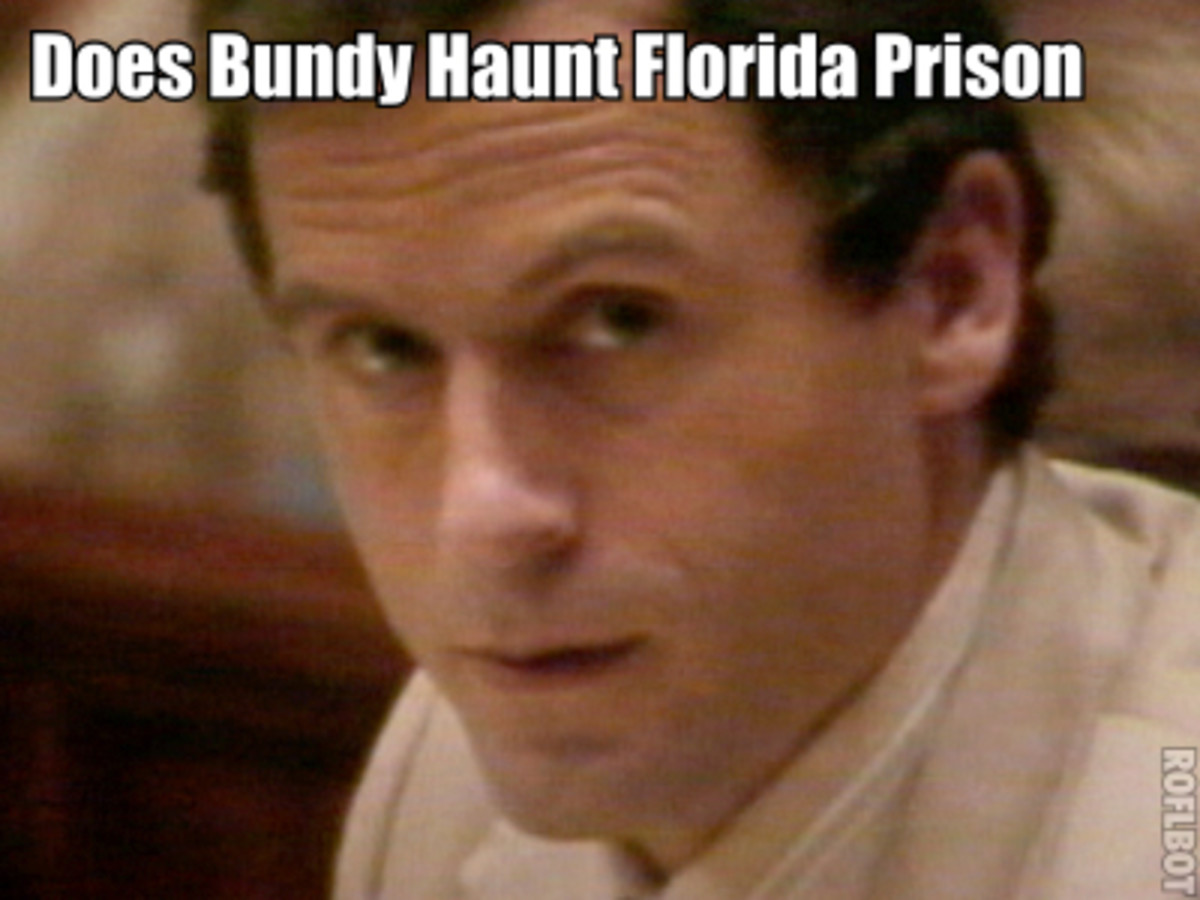Dillinger's Ghost
Whose ghost is it?
You may have read the story about John Dillinger's ghost in other places, but this won't be the same story told over again. The reason for this is that the spirit that is sighted outside the Biograph Theatre in the Lincoln Park area of Chicago probably does not belong to John Dillinger. John Dillinger was not the man who was shot down by FBI agents that July night in 1934. This ghost is truly a case of...mistaken identity.
Setting up the kill
The movie, Manhattan Melodrama, had been exciting, blazing with shootouts with the cops. The ending probably would not appeal to John Herbert Dillinger because the criminal in the movie was executed in the end. For someone like John Dillinger, Manhattan Melodrama, would seem like light entertainment. After all, he’d engaged in many real life shootouts with the police and had engineered at least three jailbreaks during his days as top man on the FBI’s Most Wanted List.
One would have to wonder how much of the movie Anna Sage – real name, Ana Cumpanas – had seen, considering the treachery she was about to perform. Maybe her thoughts were filled with the idea of the monetary award she would be given for “setting up” Dillinger and the hopes of assistance from the FBI in quashing the deportation proceedings pending against her. She of course knew the man was a lookalike for the real Dillinger.
Earlier that evening Anna had telephoned the FBI to inform them where she and Mr. Dillinger would be that night. No one suspected that Mr. Dillinger may have known about this call and brought in a replacement.
As the movie let out, Anna – wearing red so as to be easily recognized by the FBI agents – walked on the fake Dillinger’s right. FBI Agent Melvin Purvis stood in the doorway of the Biograph Theatre. When the lookalike Dillinger passed by, Purvis lit up a cigar to signal the other FBI men to close in.
The group of agents suddenly sprung out at their target. Yanking a gun from his right pant’s pocket, Dillinger's double made a break toward the alley on his left. Five shots were fired at him. Three bullets struck him. He was thrown face down into the alley by the force of their impact.
The woman in red walked on. Agents swarmed around the motionless body of their victim.
It was 10:30 p.m., July 22, 1934. The slain man's body was taken to nearby Alexian Brothers Hospital where he was pronounced officially dead at 10:50 p.m.
The real ghost
The suddenness of the violent killing that sultry Sunday night in July must have left its mark on the very atmosphere. To this day, witnesses claim to see the silhouette of a figure stumbling in the alley outside of the Biograph Theatre, slumping and falling to finally disappear. Is this John Dillinger reenacting the last moments of his life. Or is it someone else?
Escape artist
John Dillinger was a cunning person. He was used to outsmarting the police and evading capture. Even when he was apprehended he was usually able to escape. Like when he was incarcerated at the Crown Point facility in Indiana which was lauded by officials as being ‘escape proof.’
The facility was crammed with row upon row of tiny cells and the hallways were so narrow that two people couldn’t walk down them side-by-side. The moment that a person was admitted to Crown Point he faced maximum security, being led into a darkened, downward sloping hallway.
This was a specially designed hallway, however. It had a sloping feature built into its ceiling. The ceiling gradually became lower. Thus if an unsuspecting inmate made a break for it he would eventually crack his forehead into the ceiling, unless he was under five feet tall.
It was from this maximum security facility that John Dillinger escaped. According to Dillinger, he managed this feat by whittling an imitation handgun from a piece of wood; according to others, who know less, he escaped by gaining access to a supply of guns that had been smuggled in for his use.
Would a man who is so adept at extracting himself from harrowing situations be so easily taken in as he had appeared to have been on that fateful night outside the Biograph Theatre? Wouldn’t he have observed Ana in frequent contact with the FBI days before his killing? Wouldn’t he have immediately noticed the dangerous situation he faced the moment that he stepped out of the Biograph?
John Dillinger walked right past Melvin Purvis before even reaching the sidewalk to the street. Wouldn’t he have recognized the ambush and make a break for it? He had been in and escaped from similar situations many times before. Why not this time?
Crown Point jail
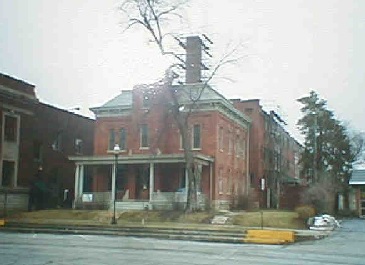
The Stand-in and friend
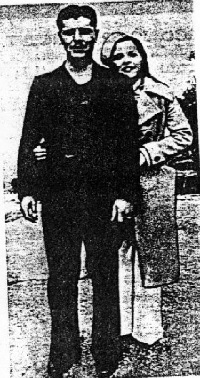
Is it possible that John Dillinger knew that he’d been marked for assassination that night? Could it be that he had a stand in for himself at the Biograph Theatre that night? Could it be that someone other than John Dillinger was gunned down that night?
Is it possible that even the ghost who appears outside the Biograph does not belong to Dillinger but his stand-in? Is the ghostly figure who appears in that alley doing so not only to relive that tragic moment as ghosts do but also for the reason of setting right the truth of his actual identity?
The theory is that John Dillinger wasn’t really killed on that July night but a person who knowingly and willingly stood in for him. Was it a small-time hoodlum named James Lawrence who was shot down in the alley that night instead of Dillinger? Not that Lawrence knew he was going to be gunned down, of course. He probably thought it was going to be a lark, a joke played on the FBI.
An examination of the much belatedly released autopsy should help. The corpse who was taken from the alley that night had brown eyes; Dillinger had blue eyes. Upon measurement, it was learned that the corpse was a few inches shorter than the actual Dillinger. The fingerprints did not match Dillinger’s. The corpse suffered from a rheumatic heart condition which Dillinger did not, otherwise he couldn’t have served in the navy.
And why did it take 30 years for the autopsy to be released? Thirty!
Who does this really look like?
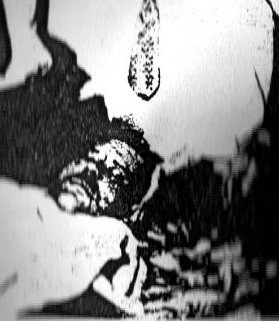
The corpse did not match any of Dillinger’s vital statistics. This wasn’t common knowledge at the time or any time soon thereafter. The official autopsy wasn’t released until three decades after the murder of the man in the alley who probably was James Lawrence. The dead man on the table looks a lot more like Lawrence than Dillinger, doesn’t it?
Didn't the FBI know that the man they shot wasn't John Dillinger? Of course they did. Then why cover it up? Two reasons come to mind. One is that the FBI men in charge of the Chicago operation wanted to protect themselves from the wrath of J. Edgar Hoover. J. Edgar had warned them to get Dillinger this time...or else.
An alternate explanation is that Dillinger had paid off the FBI and had fled the country. The second reason seems more likely. This is because the autopsy of the man who had been shot down outside the Biograph wasn't released for thirty years. Everyone involved in the conspiracy would have been long gone - in one way or another - by then, including Dillinger.
I prefer the romance of the second alternative, too. It somehow makes sense that John Dillinger left this country to end his days wandering throughout Europe a wealthy American.
It should be remembered that Dillinger was not particularly evil or bloodthirsty. Quite the contrary. In the 1930s he was viewed by the general population as a folk hero. Imagine how he would be accepted today in the day of the bank bailouts and massive home foreclosures! An even bigger hero.
Even though it probably really wasn't Dillinger who was killed outside the Biograph he had other opportunities for ghosthood. It is highly likely that one of the ghosts frequently heard banging through the corridors of the ancient Crown Point facility in Indiana (still standing as of this writing) is John Dillinger's.
Even in death he continues to evade and mystify.


